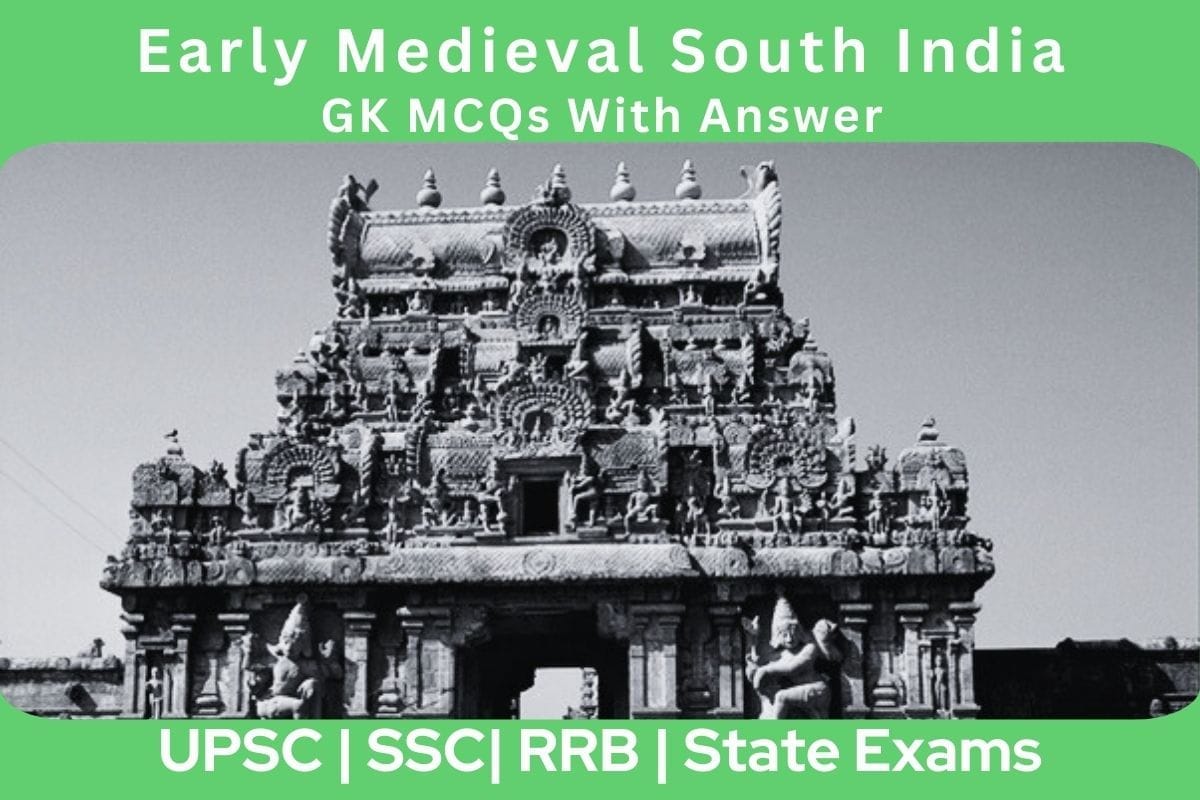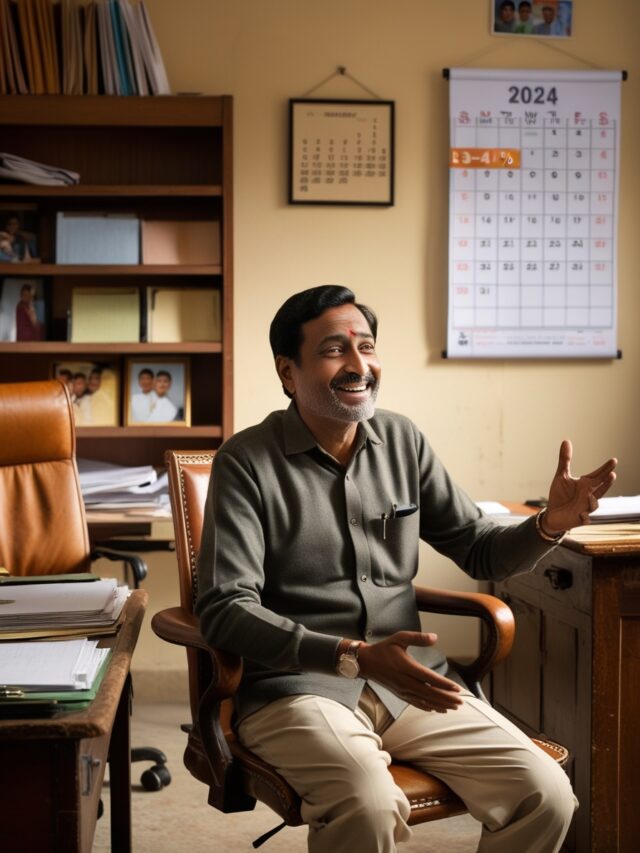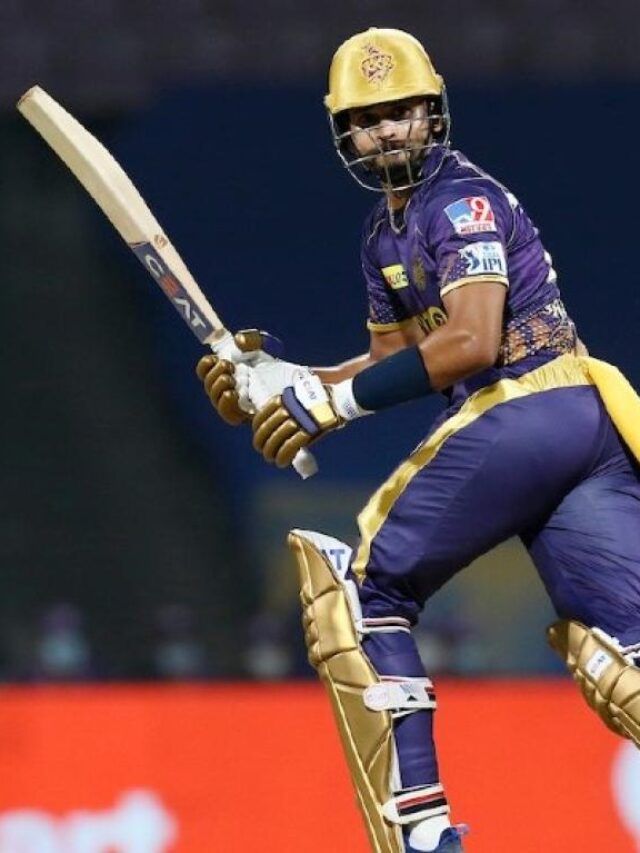
Early Medieval South India marks a significant epoch in the region’s history, characterized by dynamic socio-political changes, cultural evolution, and economic transformations. Spanning from the 6th to the 12th century, this period witnessed the rise of powerful dynasties, the emergence of distinctive art and architecture, and the interplay of various religious and social influences.
MCQs with Answers and Explanations:
1. Which Vakataka ruler was accorded the title ‘samrat’?
- Vindhyasakti
- Pravarasena
- Rudrasena II
- None of the above
Show Answer
Correct Answer: Pravarasena
Among the Vakataka rulers, Pravarasena, the father of Vindhyasakti, held the exclusive title of ‘samrat.’ He was known for his grand accomplishments, which included performing Vajapeya and four Ashvamedha sacrifices, highlighting his imperial status.
2. During which period did King Mayurasharma of the Kadamba dynasty rule from Banavasi?
- A.D. 330 to 345
- A.D. 335 to 355
- A.D. 345 to 365
- None of the above
Show Answer
Correct Answer: A.D. 345 to 365
Mayurasharma, a prominent king and administrator of the Kadamba dynasty, reigned from Banavasi between A.D. 345 and 365. He is regarded as one of the most influential rulers of the Kadamba dynasty, governing over the region with great authority.
3. Who succeeded the Ikshavakus in the Krishna-Guntur region?
- Pallavas
- Gangas
- Kalabhras
- Pandyas
Show Answer
Correct Answer: Pallavas
The Pallavas succeeded the Ikshavakus in the Krishna-Guntur region, establishing their prominence. They were originally a local tribe and expanded their empire to encompass both southern Andhra and northern Tamil Nadu.
4. Who founded their rule in northern Karnataka and the Konkan in the fourth century A.D.?
- Vakatakas
- Ikshavakus
- Kadambas
- Kalabhras
Show Answer
Correct Answer: Kadambas
The Kadambas, an ancient royal family of Karnataka, founded their rule in northern Karnataka and the Konkan region during the 4th century A.D. During this period, they engaged in conflicts with the Pallavas.
5. Who ruled in southern Karnataka in the 4th century A.D. and were contemporaries of the Pallavas?
- Kadambas
- Gangas
- Cheras
- Kalabhras
Show Answer
Correct Answer: Gangas
The Gangas ruled over southern Karnataka in the 4th century A.D. and coexisted with the Pallavas. Their kingdom was situated between the Pallavas in the east and the Kadambas in the west.
6. Where did the eastern Gangas rule in the 5th century?
- Patliputra
- Tamralipti
- Kannauj
- Kalinga
Show Answer
Correct Answer: Kalinga
The eastern Gangas, also known as the Gangas of Kalinga, held sway in Kalinga during the 5th century. They are sometimes referred to as the western Gangas or the Gangas of Mysore to distinguish them from the eastern Gangas.
7. Who started the practice of land grants in the Krishna-Guntur region?
- Chalukyas
- Kalabhras
- Ikshavakus
- Pallavas
Show Answer
Correct Answer: Ikshavakus
The Ikshavakus, a local tribe, rose to power in the Krishna-Guntur region following the decline of the Satavahanas. They introduced the practice of land grants in the region and were responsible for constructing numerous monuments.
8. Who was the founder of the Kadamba dynasty?
- Vidhyashakti
- Mayursharman
- Kakusthavarma
- None of the above
Show Answer
Correct Answer: Mayursharman
The Kadamba dynasty was founded by Mayurasharman, who secured a notable victory over the Pallavas with the assistance of forest tribes. In recognition of their authority, the Pallavas presented him with royal insignia.
9. What was the capital of the Kadambas?
- Kanchi
- Madurai
- Vaijayanti
- Kolar
Show Answer
Correct Answer: Vaijayanti
The Kadambas established their capital at Vaijayanti, also known as Banavasi, in the north Kanara district of Karnataka. Claiming Brahmanical lineage, they issued numerous land grants to the Jainas.
10. Where was the earliest capital of the Gangas located?
- Banavasi
- Kolar
- Madurai
- Kanchi
Show Answer
Correct Answer: Kolar
The earliest capital of the Gangas was situated near Kolar, known for its abundant gold resources, which the Gangas extensively utilized. They were patrons of Buddhist monasteries during their rule.
Q11: Which forms of industry were prevalent during the early medieval period?
1. A great variety and different qualities of textiles were produced.
2. Surashtra was famous for bell-metal and Vanga for tin industry.
3. The art of the jeweler appears to have maintained its old level.
Select the correct option from the given codes:
1. Only 1
2. Only 2
3. Only 1 & 3
4. 1, 2 & 3
Show Answer
Answer: 4
Explanation: According to the records of the early medieval period, a great variety and different qualities of textiles were produced. The Surashtra region was famous for its bell-metal industry, and Vanga specialized in the tin industry. Additionally, the art of the jeweler appeared to have maintained its old level.
Q12: Which of the following were the five centers for manufacturing swords as mentioned in Agnipurana during the medieval period?
1. Anga
2. Vanga
3. Surparaka
4. Rishika
5. Khatikhattara
Select the correct option from the given codes:
1. Only 1, 3 & 5
2. Only 2, 3 & 5
3. Only 1, 2 & 4
4. 1, 2, 3, 4 & 5
Show Answer
Answer: 4
Explanation: The mention of five centers for manufacturing swords, as documented in the Agnipurana during the medieval period, includes Anga, Vanga, Surparaka, Rishika, and Khatikhattara. These regions were known for producing swords and weaponry.
Q13: Which of the following were the reasons that the states in India failed to protect Indian shipping between 600 AD to 1000 AD?
1. The Indian ships were smaller than those of Ceylon and China.
2. The Arabs became the most powerful maritime power.
3. Indian ships lagged behind the Chinese and Arab ships in terms of speed.
Select the correct option from the given codes:
1. Only 1
2. Only 2
3. Only 3
4. 1, 2 & 3
Show Answer
Answer: 4
Explanation: Between 600 AD to 1000 AD, Indian shipping faced several challenges. Indian ships were smaller than those of Ceylon and China, the Arabs emerged as a powerful maritime force, and Indian ships were comparatively slower than Chinese and Arab vessels.
Q14: Which ports on the western coast of India played an important role in India’s trade with the\ West during 600 AD to 1000 AD?
1. Kambay
2. Thana
3. Sopara
4. Sindan
Select the correct option from the given codes:
1. Only 1 & 2
2. Only 2 & 3
3. Only 1, 2 & 3
4. 1, 2, 3 & 4
Show Answer
Answer: 3
Explanation: During this period, the ports of Kambay, Thana, and Sopara on India’s western coast played essential roles in trade with the West. These ports facilitated commerce and the exchange of goods with the Western world.
Q15: Which statements about guilds during the early medieval period are correct?
1. Only mercantile guilds functioned during this period.
2. They had the right to make by-laws that were binding on their members.
Select the correct option from the given codes:
1. Only 1
2. Only 2
3. Both 1 & 2
4. Neither 1 & 2
Show Answer
Answer: 3
Explanation: In the early medieval times, both industrial and mercantile guilds existed. Mercantile associations, such as guilds, had the authority to create binding by-laws for their members.
Q16: Which were the most prominent guilds during the early medieval period?
1. Weavers
2. Potters
3. Gardeners
4. Artisans
Select the correct option from the given codes:
1. Only 1 & 2
2. Only 2 & 4
3. Only 1, 2 & 3
4. 1, 2, 3 & 4
Show Answer
Answer: 3
Explanation: Specific guilds mentioned during this period were those of weavers, potters, gardeners, and artisans. These guilds made collective endowments for religious purposes or received them on trust for similar activities.
Q17: Which were the most common articles of internal trade during the early medieval period?
1. Spices
2. Luxury goods
3. Metals
4. Salt
Select the correct option from the given codes:
1. Only 1 & 2
2. Only 2 & 4
3. Only 2, 3 & 4
4. 1, 2, 3 & 4
Show Answer
Answer: 4
Explanation: Common articles of internal trade during this period included spices, luxury goods, metals, and salt. Merchants often traveled in groups, using caravans for safety against highway robbers.
Q18: Which of the following is correct regarding internal trade during the early medieval period?
1. There was a decline in the internal trade of the country.
2. The petty feudal chiefs molested and plundered the merchants on the highways.
3. There were too many feudal dues to be paid in the course of internal trade.
Select the correct option from the given codes:
1. Only 1
2. Only 1 & 3
3. Only 3
4. 1, 2 & 3
Show Answer
Answer: 4
Explanation: The early medieval period saw a decline in internal trade due to interference by petty feudal chiefs who would often harass and plunder merchants on the highways. Additionally, the imposition of numerous feudal dues contributed to this decline.
Q19: Which of the following items were imported from Ceylon?
1. Pearls
2. Dry ginger
3. Tin
Select the correct option from the given codes:
1. Only 1
2. Only 2 & 3
3. Only 1 & 3
4. 1, 2, & 3
Show Answer
Answer: 4
Explanation: India maintained flourishing trade relations with South-East Asia during the medieval period, importing a variety of goods, including silk, porcelain ware, camphor, bees’ wax, cloves, lump camphor, sandalwood, and cardamom. Ceylon (modern Sri Lanka) was a source of pearls, dry ginger, and tin.
Q20: Which of the following imports during the period from 650 A.D. to 1000 A.D. in India are correctly matched with their respective regions?
Items of import:
A) Horses
Region: Central Asia
B) Wine
Region: Kapisa
C) Dates
Region: Basra
Select the correct option from the given codes:
1. A only
2. B only
3. C only
4. A, B, and C
Show Answer
Answer: 4
Explanation: During the period from 650 AD to 1000 AD, India imported the finest breed of horses from Central and Western Asia, wine from Kapisa, and dates from Basra, further enriching its trade connections with these regions.
Early Medieval South India Notes for UPSC Exam








